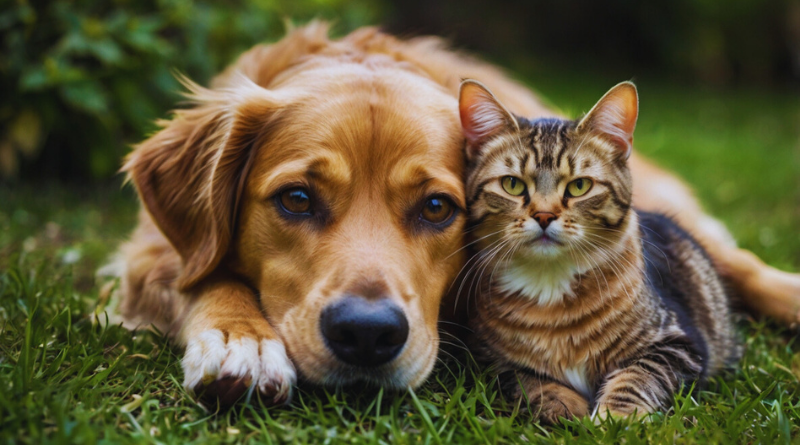Choking is a serious and potentially life-threatening situation that requires immediate attention. Knowing how to respond quickly and effectively can save your pet’s life. In this blog post, we will provide a comprehensive guide on what to do if your dog or cat is choking, along with prevention tips to minimize the risk of choking incidents.
Recognizing the Signs of Choking
It’s crucial to recognize the signs of choking so you can take prompt action. Here are some common symptoms to look out for:
- Difficulty Breathing: Your pet may struggle to breathe, with noticeable distress.
- Coughing or Gagging: Persistent coughing or gagging can indicate something is obstructing their airway.
- Pawing at the Mouth: Pets often paw at their mouth or face when trying to dislodge an object.
- Bluish Gums or Tongue: A lack of oxygen can cause the gums or tongue to turn blue.
- Unconsciousness: In severe cases, a choking pet may lose consciousness.
Immediate Actions to Take
If you suspect your dog or cat is choking, follow these steps immediately:
- Stay Calm: Your pet can sense your emotions, so it’s important to remain calm and composed.
- Check the Mouth: Carefully open your pet’s mouth and look for any visible object. If you can see the object and it’s easily reachable, try to remove it with your fingers. Be cautious not to push the object further down the throat.
- Perform the Heimlich Maneuver (For Dogs): If your dog is still choking, you may need to perform the Heimlich maneuver. Stand behind your dog and wrap your arms around their abdomen. Make a fist with one hand and place it just below the rib cage. Apply a quick, upward thrust to dislodge the object. Repeat if necessary.
- Use Back Blows (For Cats and Small Dogs): For cats and small dogs, you can try giving back blows. Hold your pet securely and give a firm blow with the heel of your hand between the shoulder blades to help dislodge the object.
- Seek Veterinary Assistance: If the object remains stuck or your pet is still in distress, take them to the nearest veterinary clinic immediately.
Prevention Tips for Dog or Cat Choking
Preventing choking is always better than treating it. Here are some tips to minimize the risk of choking incidents:
- Monitor Meal Times: Supervise your pet during meal times and ensure they are eating slowly. Consider using a slow feeder if your pet tends to gulp down food.
- Choose Appropriate Toys: Select toys that are the right size for your pet and avoid small or easily breakable toys that could become choking hazards.
- Keep Small Objects Out of Reach: Ensure that small household items, such as buttons, coins, and small toys, are kept out of your pet’s reach.
- Regular Chewing Check: Inspect your pet’s chew toys regularly for wear and tear, and replace them as needed to prevent small pieces from breaking off.
- Educate Your Family: Make sure all family members, including children, are aware of the dangers of giving pets small objects or inappropriate food items.
When to See a Veterinarian
Even if you successfully dislodge the object, it’s important to monitor your pet for any signs of complications. Seek veterinary assistance if your pet:
- Continues to have difficulty breathing
- Shows signs of distress or pain
- Has a persistent cough or gagging
- Becomes lethargic or unresponsive
Conclusion
Knowing what to do if your dog or cat is choking can make all the difference in an emergency situation. By recognizing the signs, acting quickly, and taking preventive measures, you can help ensure your pet’s safety and well-being. Always consult with your veterinarian for further guidance and support.
Sources:

